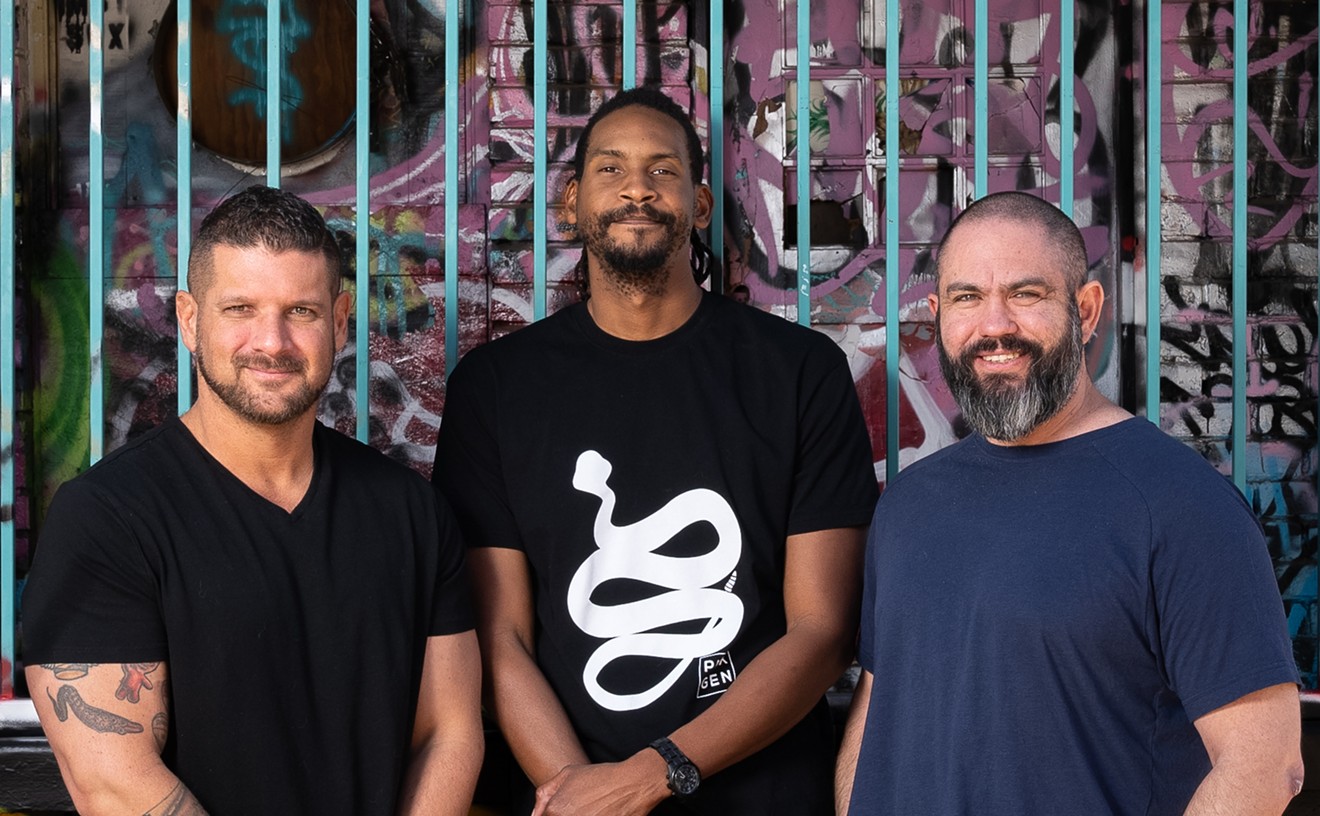If you've ever played music or even just attempted to coax a pleasing sound from a keyboard or a guitar string, you may have some sense of the dissonant signals that the desire to make music can set off: Are you playing toward some idea of perfection, perhaps in the hope of gaining recognition or status? Or are you inching toward that state where the music becomes a part of you, as integral to your being as your heartbeat?
The two aren't mutually exclusive, and the conflict between striving for some objective ideal and seeking more intangible, intensely personal rewards isn't limited to musical pursuits, either: Anyone who endeavors to create anything good has probably felt it. Ethan Hawke certainly has, and his sweet-tempered inquisitiveness, seemingly jumbled with some existential anxiety, has led him to make a lovely little documentary, Seymour: An Introduction, which is both a portrait of an artist you've probably never heard of and an examination of where it — whatever it is — all comes from.
A magnificently accomplished concert pianist who at one time seemed poised for fame, Seymour Bernstein, now in his 80s, quit performing at age 50. Since then, he has concentrated on composing, teaching, and simply playing. Hawke — who appears only briefly in the film, an intensely quizzical, vaguely rumpled presence — explains that he met Bernstein at a dinner party and was drawn to the elder gentleman's ideas about performing and creativity: Hawke had been struggling with his own questions about what it means to be a performer and has at times suffered from debilitating stage fright. The film Hawke has made — which borrows its title, though little else, from J.D. Salinger — works both as a celebration of Bernstein, whose spirit is at once gentle and boldly generous, and as a way of exploring creativity and the meaning it can have in our lives.
Listening to Bernstein speak and play, and watching him connect with his students, you can see why Hawke would gravitate toward him. Bernstein was born in Newark, the only boy among three sisters, and began playing piano at age 6. His father would say he had "three daughters and a pianist," a remark that wounded Bernstein, for understandable reasons. As a young man, he spent time in the service in Korea — his remembrances of this era, and of the concerts he performed for servicemen, are among the film's most touching moments. Back in New York, he was taken under the wing of a rich patroness, whose obsessiveness alarmed him and eventually drove him away. A recital he gave in 1969 at Alice Tully Hall earned the kind of high praise the New York Times doesn't dole out to just any old joker: "Seymour Bernstein Triumphs at Piano," said the headline. But Bernstein, troubled by stage fright himself, and perhaps even more driven by curiosity about the value of composing and playing for its own sake, suddenly dropped out of the spotlight, remaining happily behind the scenes until now.
Bernstein has lived for 57 years in the same apartment. We see him neatly and methodically making up his sofa bed in the morning, transforming his sleeping space into one for living, playing, and teaching, which for him are all of a piece. He's an impishly cheerful-looking man with a roundish face, his thinning hair brushed into a little tuft at the top. (Archival footage suggests that the tuft is not a recent development.) His aura of calm is like an enveloping mist when he talks about the nature of merging "the musical self and the personal self," or when he likens a student's playing to "a dream." He adds, mischievously, "That was better than me. You're not allowed to play better than I do." In one sequence, he meets with Times writer Michael Kimmelman, a long-ago former student, and tells the story of how Kimmelman's mother once spent hours sketching in Bernstein's apartment, later surprising him with a sculpture she'd made of his cat. (He produces the charming little statue as evidence.) And as he chooses a rental piano for a rare concert — one that Hawke has arranged — he explains how every piano is different in sound and feeling, because all are made of wood, a component that's alive.
Bernstein's voice — both the one he speaks with and the one he speaks through, his music — drives Seymour: An Introduction, the way the tide pushes the mysterious ocean toward the world of ordinary landlubbing humans. He's a reassuring but challenging presence, maybe because he's still asking questions himself. What does it mean to play music, to teach, or to simply create? The answers are in Schubert, in Beethoven, and floating out there in the universe. They're in a chord you can feel in your heart.










